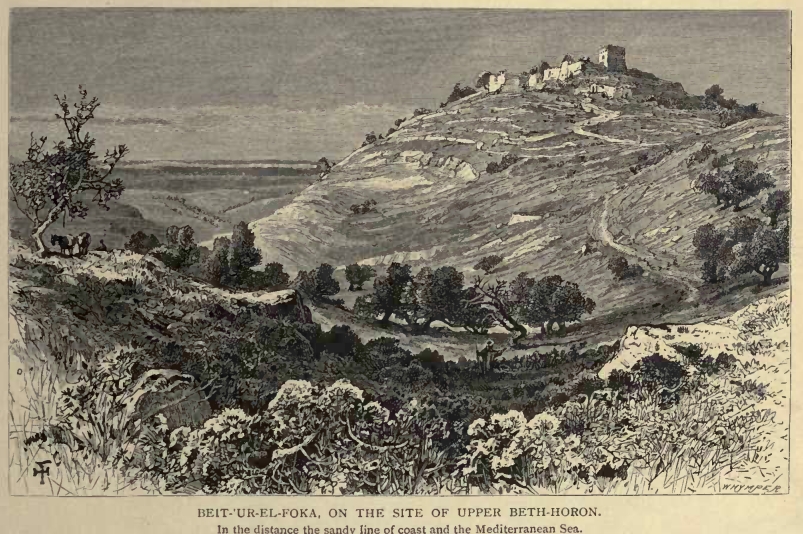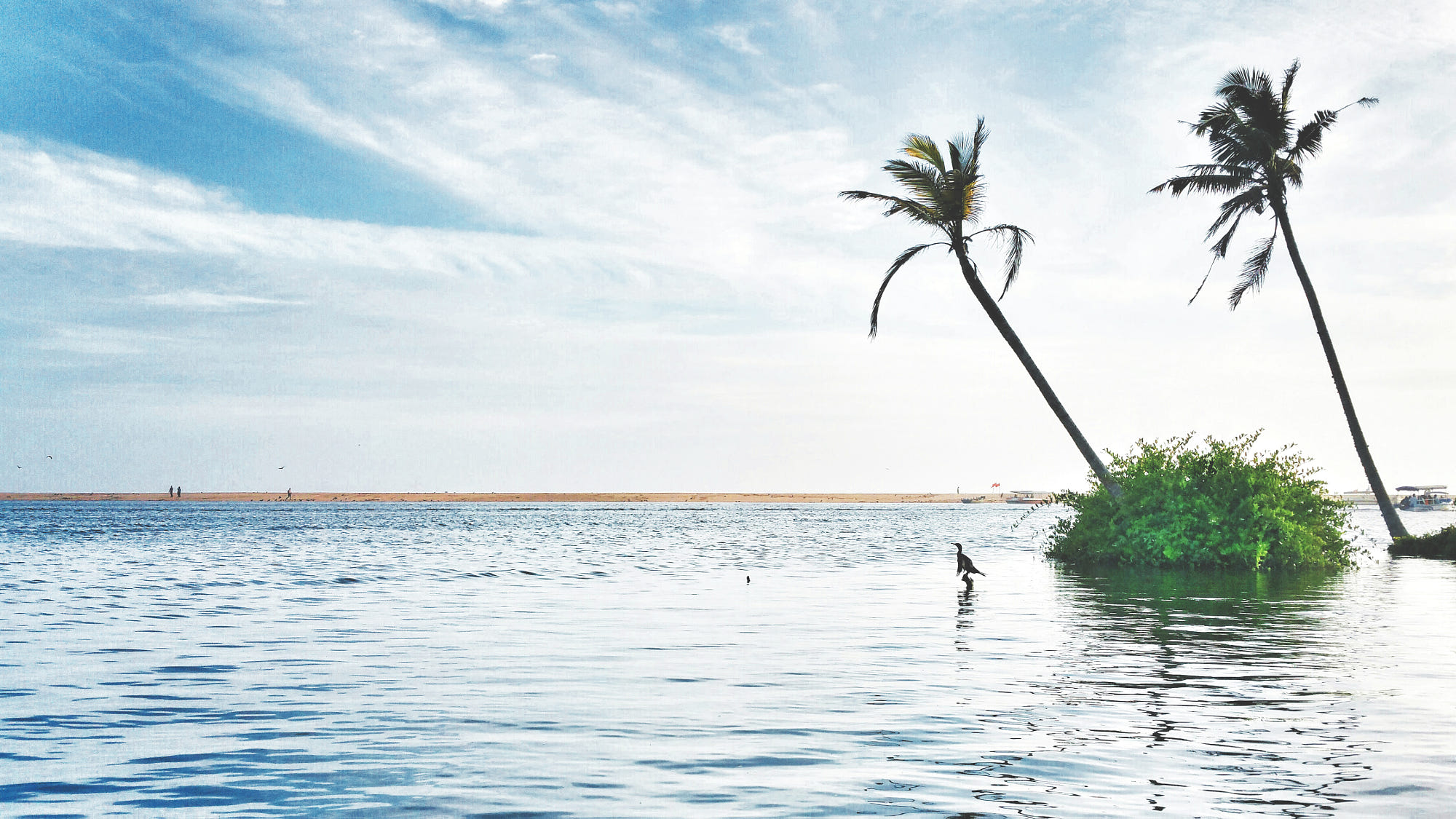|
Tel Qasile Ostraca
The Tel Qasile ostraca are two small ostraca (pottery fragments with writing on them) found at Tell Qasile, then part of Mandatory Palestine, in 1945–46. The longer of the two ostraca is known as the Beth-horon sherd, on the basis of a possible reference to the biblical site of Bethoron. The Beth-horon sherd is now at the Israel Museum The Israel Museum ( he, מוזיאון ישראל, ''Muze'on Yisrael'') is an art and archaeological museum in Jerusalem. It was established in 1965 as Israel's largest and foremost cultural institution, and one of the world’s leading encyclopa ... in Jerusalem. The two inscribed ostraca were found on the surface of the southwestern slope of the hill, separately by Jacob Kaplan and Robert Hoff, prior to any excavations. The excavations which subsequently took place between 1948 and 1950 on the same site were carried out in a careful stratigraphic sequence, but no further inscriptions were found. The ostracon read:Kaplan, J. ''The Archaeolog ... [...More Info...] [...Related Items...] OR: [Wikipedia] [Google] [Baidu] |
Ostracon
An ostracon (Greek: ''ostrakon'', plural ''ostraka'') is a piece of pottery, usually broken off from a vase or other earthenware vessel. In an archaeological or epigraphical context, ''ostraca'' refer to sherds or even small pieces of stone that have writing scratched into them. Usually these are considered to have been broken off before the writing was added; ancient people used the cheap, plentiful and durable broken pieces of pottery around them as convenient places to place writing for a wide variety of purposes, mostly very short inscriptions, but in some cases very long. Ostracism In Classical Athens, when the decision at hand was to banish or exile a certain member of society, citizen peers would cast their vote by writing the name of the person on the shard of pottery; the vote was counted and, if unfavorable, the person was exiled for a period of ten years from the city, thus giving rise to the term '' ostracism''. Broken pottery shards were also used for ana ... [...More Info...] [...Related Items...] OR: [Wikipedia] [Google] [Baidu] |
Tell Qasile
Tell Qasile is an archaeological site near the Yarkon River in Tel Aviv, Israel. Over 3,000 years old, the site contains the remains of a port city founded by the Philistines in the 12th century BC. Prior to 1948, it was on the village lands of Al-Shaykh Muwannis, which was depopulated in the 1948 war. While the war was still ongoing, in late 1948, the site was given the first archaeological permit by the newly-declared of state of Israel. Today it is located on the grounds of the Eretz Israel Museum, which was built in 1953. Prior to these first excavations, two important ostraca were discovered at the site in 1945-96, by Jacob Kaplan and Robert Hoff. History In 1815, after excavating the ruins of ancient Ashkelon, Lady Hester Stanhope proposed a dig at a site called el-Khurby located 12 miles northeast of Jaffa on the banks of the Awgy River (today the Yarkon River). Stanhope's companion observed that “there were many proofs that this district was once highly populous. ... [...More Info...] [...Related Items...] OR: [Wikipedia] [Google] [Baidu] |
Mandatory Palestine
Mandatory Palestine ( ar, فلسطين الانتدابية '; he, פָּלֶשְׂתִּינָה (א״י) ', where "E.Y." indicates ''’Eretz Yiśrā’ēl'', the Land of Israel) was a geopolitical entity established between 1920 and 1948 in the Palestine (region), region of Palestine under the terms of the League of Nations Mandate for Palestine. During the First World War (1914–1918), an Arab uprising against Ottoman Empire, Ottoman rule and the British Empire's Egyptian Expeditionary Force under General Edmund Allenby drove the Ottoman Turks out of the Levant during the Sinai and Palestine Campaign. The United Kingdom had agreed in the McMahon–Hussein Correspondence that it would honour Arab independence if the Arabs revolted against the Ottoman Turks, but the two sides had different interpretations of this agreement, and in the end, the United Kingdom and French Third Republic, France divided the area under the Sykes–Picot Agreementan act of betrayal in the eyes of ... [...More Info...] [...Related Items...] OR: [Wikipedia] [Google] [Baidu] |
Bethoron
Bethoron ( he, בֵית־חוֹרֹ֔ן, lit=house of Horon; grc, Ὡρωνείν), also Beth-Horon, was the name of two adjacent ancient towns strategically located on the Gibeon-Aijalon road, guarding the "ascent of Beth-Horon". The towns are mentioned in the Hebrew Bible and in other ancient sources: Upper Bethoron appears in ''Joshua'' and Lower Bethoron in ''Joshua'' and ''1 Chronicles'' and I Maccabees 3:16. The ancient towns of Upper Bethoron and Lower Bethoron are identified respectively with the present day Palestinian Arab villages of Beit Ur al-Fauqa and Beit Ur al-Tahta, which are believed to preserve the ancient names. Etymology The Hebrew name Bethoron (Beit Horon, ) is derived from the name of an Egypto- Canaanite deity, ''Horon'', mentioned in Ugaritic literature. The city is mentioned among the cities and towns smitten by Sheshonq I in his inscription at the Temple of Karnak as Batae Houarn. History Upper Bethoron is mentioned several times in the Hebrew ... [...More Info...] [...Related Items...] OR: [Wikipedia] [Google] [Baidu] |
Israel Museum
The Israel Museum ( he, מוזיאון ישראל, ''Muze'on Yisrael'') is an art and archaeological museum in Jerusalem. It was established in 1965 as Israel's largest and foremost cultural institution, and one of the world’s leading encyclopaedic museums. It is situated on a hill in the Givat Ram neighborhood of Jerusalem, adjacent to the Bible Lands Museum, the Knesset, the Israeli Supreme Court, and the Hebrew University of Jerusalem. Its holdings include the world's most comprehensive collections of the archaeology of the Holy Land, and Jewish art and life, as well as significant and extensive holdings in the fine arts, the latter encompassing eleven separate departments: Israeli Art, European Art, Modern Art, Contemporary Art, Prints and Drawings, Photography, Design and Architecture, Asian Art, African Art, Oceanic Art, and Arts of the Americas. Among the unique objects on display are the Venus of Berekhat Ram, the interior of a 1736 Zedek ve Shalom synagogue ... [...More Info...] [...Related Items...] OR: [Wikipedia] [Google] [Baidu] |
Department Of Antiquities (Mandatory Palestine)
The Department of Antiquities was a department of the British administration of Mandatory Palestine from 1920 to 1948 that was in charge of the protection and investigation of archaeological remains and artefacts in Palestine. Operation In December 1918, while Palestine was still under control of a British military administration, a Proclamation for the protection of antiquities was issued.Major-General Sir Arthur Wigram Money, Antiquities Proclamation, 1 December 1918. In July 1920, the military administration was replaced by a civil administration under High Commissioner Herbert Samuel. One of the first actions of the new government was to establish a Department of Antiquities and promulgate an Antiquities Ordinance that defined its functions and authority.Garstang, 1922. The Ordinance was designed to follow principles outlined in the abortive Treaty of Sèvres, which were later included as Article 21 in the Mandate for Palestine. The main features of the Ordinance were: * A ... [...More Info...] [...Related Items...] OR: [Wikipedia] [Google] [Baidu] |
Israeli Pound
The pound or lira ( he, לירה ישראלית ''Lira Yisra'elit'', ar, جنيه إسرائيلي ''Junayh ʾIsrāʾīlī''; abbreviation: IL in Latin, ל"י in Hebrew; code ) was the currency of the State of Israel from 9 June 1952 until 23 February 1980. The Israeli pound replaced the Palestine pound and was initially pegged at par to £1 sterling. It was replaced by the shekel on 24 February 1980, at the rate of IS 1 = IL 10, which was in turn replaced by the new shekel in 1985. Before the new currency was brought in, the Anglo-Palestine Bank issued banknotes denominated in Palestine pounds. They were in Hebrew (''lira E.Y.'' i.e. ''lira Eretz-Yisraelit'') and Arabic ''junayh filisṭīnī'' (). On 1 May 1951, all the assets and liabilities of the Anglo Palestine Bank were transferred to a new company called Bank Leumi Le-Yisrael (Israel National Bank) and the currency name became: ''lira yisraelit'' () in Hebrew, ''junayh ʾisrāʾīlī'' in Arabic, an ... [...More Info...] [...Related Items...] OR: [Wikipedia] [Google] [Baidu] |
Ophir
Ophir (; ) is a port or region mentioned in the Bible, famous for its wealth. King Solomon received a shipment from Ophir every three years (1 Kings 10:22) which consisted of gold, silver, sandalwood, pearls, ivory, apes, and peacocks. Biblical references Ophir in Genesis 10 (the Table of Nations) is said to be the name of one of the sons of Joktan. The Books of Kings and Chronicles tell of a joint expedition to Ophir by King Solomon and the Tyrian king Hiram I from Ezion-Geber, a port on the Red Sea, that brought back large amounts of gold, precious stones and ' algum wood' and of a later failed expedition by king Jehoshaphat of Judah. The famous 'gold of Ophir' is referenced in several other books of the Hebrew Bible. In the Septuagint, other variants of the name are mentioned: ''Ōpheír'', ''Sōphír'', ''Sōpheír'' and ''Souphír''. The New Testament apocrypha book '' Cave of Treasures'' contains a passage: "And the children of Ophir, that is, Send, appo ... [...More Info...] [...Related Items...] OR: [Wikipedia] [Google] [Baidu] |


.jpg)



